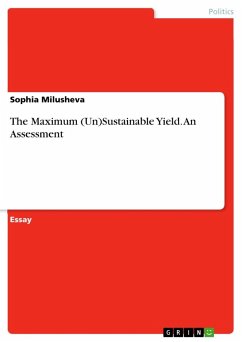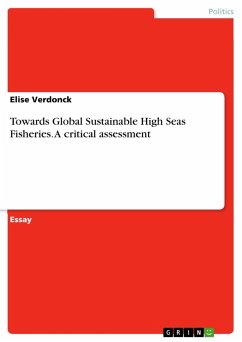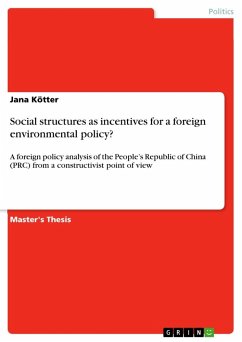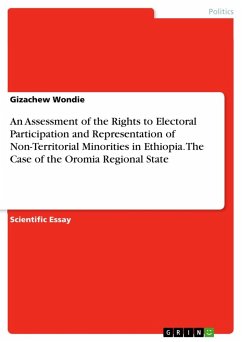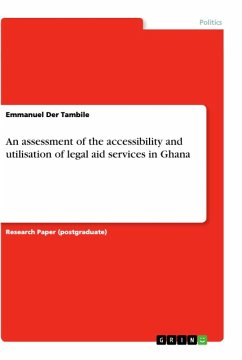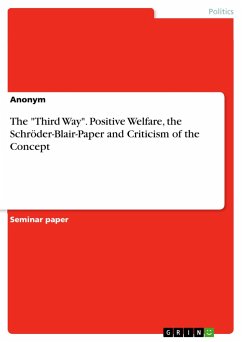Essay from the year 2020 in the subject Politics - Environmental Policy, grade: 19/20, Sciences Po., Paris, course: Ocean governance and marine policy, language: English, abstract: This paper aims to investigate the roots of MSY and what prevents it from being as sustainable as intended. There exist three models of MSY; by Raymond and Hold, by Ricker, and by Schaefer. This paper focuses on Schaefer's Surplus Production Model, explaining how it works in regard to stock assessment and calculation approaches. Next, the scientific limitations of MSY are discussed, followed by the main focus of this paper, namely taking a closer look at the history of MSY in order to explain current critiques. It is found out that MSY is in fact a policy disguised as science which complicates the execution of its good intentions, and that fishery policies were not based on how successful MSY theories were, but rather the success of the theories was based on the fishery policies. These historic evolutions largely explain why the Maximum Sustainable Yield cannot be truly sustainable. Finally, several recommendations for the improvement of MSY and fisheries management are suggested. The term "over-fishing" was already present in the 1850s, however the extent of marine fisheries resources overexploitation was only realized in the 1900s. Simple and easily understandable guidelines on catch limits became desirable in fisheries management and thus a fixed maximum catch that a population could support seemed like an excellent reference point. The Maximum Sustainable Yield (MSY) has a hundred years long history, emerging from mathematical models that were first introduced to population ecology in the 1930s. It further developed and bloomed in the 1950s, as Surplus Production Models were developed. Today, MSY is applied internationally by almost all regional management bodies, and is therefore widely used for the assessment of exploited stocks worldwide. However, there is a widespread criticism regarding its effectiveness.
Hinweis: Dieser Artikel kann nur an eine deutsche Lieferadresse ausgeliefert werden.
Hinweis: Dieser Artikel kann nur an eine deutsche Lieferadresse ausgeliefert werden.

